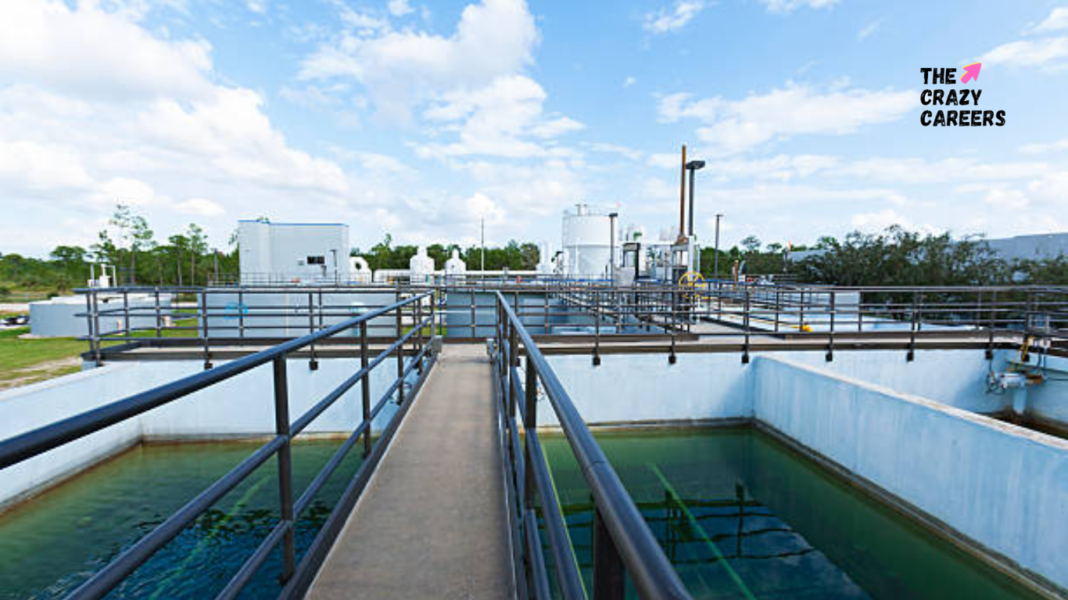Indian researchers from Assam have made a groundbreaking advancement in wastewater treatment. Using artificial intelligence (AI), they have developed a method to clean oil refinery wastewater. This innovative approach not only removes contaminants but also produces valuable lipids. This case study showcases their success and promises significant environmental benefits.
Cutting-Edge Bioreactor Technology
The researchers employed a continuous stirred tank bioreactor (CSTB) combined with ceramic membrane technology. This setup was inoculated with Rhodococcus opacus PD630, a bacterium known for its effectiveness in degrading hydrocarbons. The bioreactor treats petroleum refinery wastewater, achieving simultaneous chemical oxygen demand (COD) removal and lipid production.
AI Models for Prediction
To enhance the process, the team utilized two AI models: an artificial neural network (ANN) and a neuro-fuzzy neural network (NF-NN). These models predicted the COD removal efficiency (CODRE) and lipid concentration. The NF-NN model, with a network topology of 6-25-2, outperformed the ANN in all aspects, including determination coefficient (R2), root mean square error (RMSE), and mean absolute percentage error (MAPE).
Superior Performance with NF-NN
The NF-NN model showed superior predictive capability. Among three learning algorithms tested, the Bayesian regularization backpropagation (BR-BP) algorithm emerged as the best. It provided more accurate predictions, ensuring efficient wastewater treatment and consistent lipid production.
Optimal Conditions for High Efficiency
The researchers conducted a sensitivity analysis to determine optimal conditions. They found that maintaining solid retention time between 35 and 75 hours and biomass concentrations between 3.0 g/L and 3.5 g/L yielded the best results. Under these conditions, they achieved a high COD removal efficiency of 93% and a lipid concentration of 2.8 g/L consistently.
Environmental and Economic Benefits
This innovative approach has significant environmental and economic implications. The high COD removal efficiency ensures cleaner water discharge from refineries, reducing environmental pollution. Additionally, the production of lipids from the treated wastewater offers a valuable byproduct. These lipids can be used in various industries, including biofuel production, adding economic value to the wastewater treatment process.
Future Prospects
The success of this study opens new avenues for wastewater treatment in the petroleum industry. The use of AI in optimizing bioreactor conditions can be extended to other industrial wastewater treatments. This advancement not only addresses environmental concerns but also offers sustainable solutions for resource recovery.
Also Read | India’s Rank in Global S&T Indices: Where it stands and what is in future?
Indian researchers have demonstrated the potential of AI in revolutionizing wastewater treatment. Their innovative use of CSTB combined with ceramic membrane technology and AI models showcases a significant leap forward in environmental sustainability. With optimal conditions and superior predictive models, this approach promises cleaner water and valuable byproducts. This breakthrough sets a precedent for future research and industrial applications, highlighting the role of AI in addressing complex environmental challenges.




